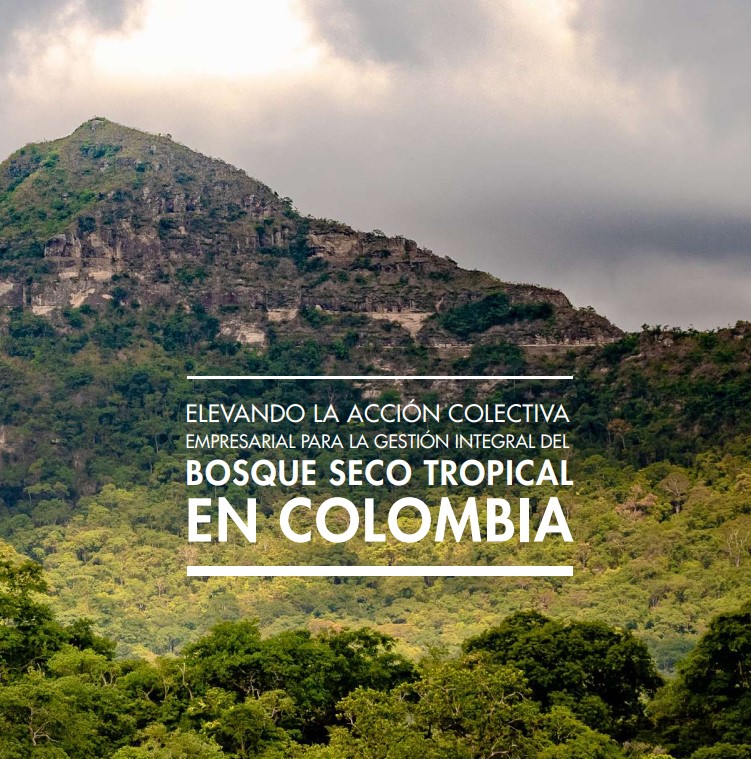IICA and environmental research centers release publication on measures to save Colombia’s tropical dry forest

Bogota, 24 March 2021 (IICA). Six local and international agencies have collaborated to release the publication “Raising Corporate Collective Action for the Integrated Management of the Tropical Dry Forest in Colombia”. The book aims to forge a connection between business enterprises and the environmental policies, plans and programs geared toward preventing the disappearance of forest cover. Participants in this joint initiative are the Humboldt Institute, the National Authority for Environmental Licenses, Colombia’s National Association of Entrepreneurs (ANDI), the World Resources Institute, the Inter-American Institute for Cooperation on Agriculture (IICA) and The Nature Conservancy (TNC).
So far, a group of scientific agencies and communities and eight business enterprises have developed strategies to save Colombia’s tropical dry forest in parts of the Caribbean and the inter-Andean valleys along the Cauca and Magdalena rivers; to date, over 38,000 hectares have been restored. This joint IICA, inter-agency publication shares the stories behind these projects and serves as a starting point for dialogue on the importance of the private sector and its contribution to forest management and restoration. According to the Director of the Humboldt Institute, Hernando García Martínez, “this is a clear example of the contribution private companies can make to improve social and environmental conditions such as the tropical dry forest in Colombia”.
Coordinator for ANDI’s Biodiversity and Development initiative, Dora Moncada, says the 160-page publication “serves as input for what lies ahead. It contains important information on how to continue advancing, monitoring and consolidating activities to make collective action a reality”.
According to Andrea Carolina Borda, IICA Colombia’s specialist in Natural Resources, Climate Change and Agricultural Risk Management, “this collaboration among actors provides an opportunity for strategic sectors like the agro-business industry to become involved and gain visibility, and this can serve as a catalyst to restore and recover environmentally strategic land that has been degraded”.
According to data presented during the virtual launch, over 90% of Colombia’s tropical dry forest, known as the forest of a thousand colors, disappeared due to human activity. Today, barely a million hectares of the ecosystem have survived in isolated areas across the Caribbean, the inter-Andean valleys and the Orinoquia region.
TNC Colombia Director, Claudia Vásquez, stressed the importance of engaging in “collective action while we search for solutions to huge challenges. The country must make restoration a priority; we can provide examples of how biodiversity has been successfully included in the chain to recover ecosytem services and value, which is fundamental for productivity itself.
The tropical dry forest is a source of fundamental services for communities that live in it. For example, it grows species which are important for the survival and wellbeing of neighboring villagers.
Despite Colombia’s loss of tropical dry forest, the surviving hectarage is home to more than 2,600 plant species, 83 of which are endemic, in addition to 230 bird species and 60 mammals.
URL link (Spanish): https://bit.ly/2QwsgOB
More information:
Andrea Carolina Borda, IICA Colombia Specialist in Natural Resources, Climate Change and Agricultural Risk Management.
andrea.borda@iica.int